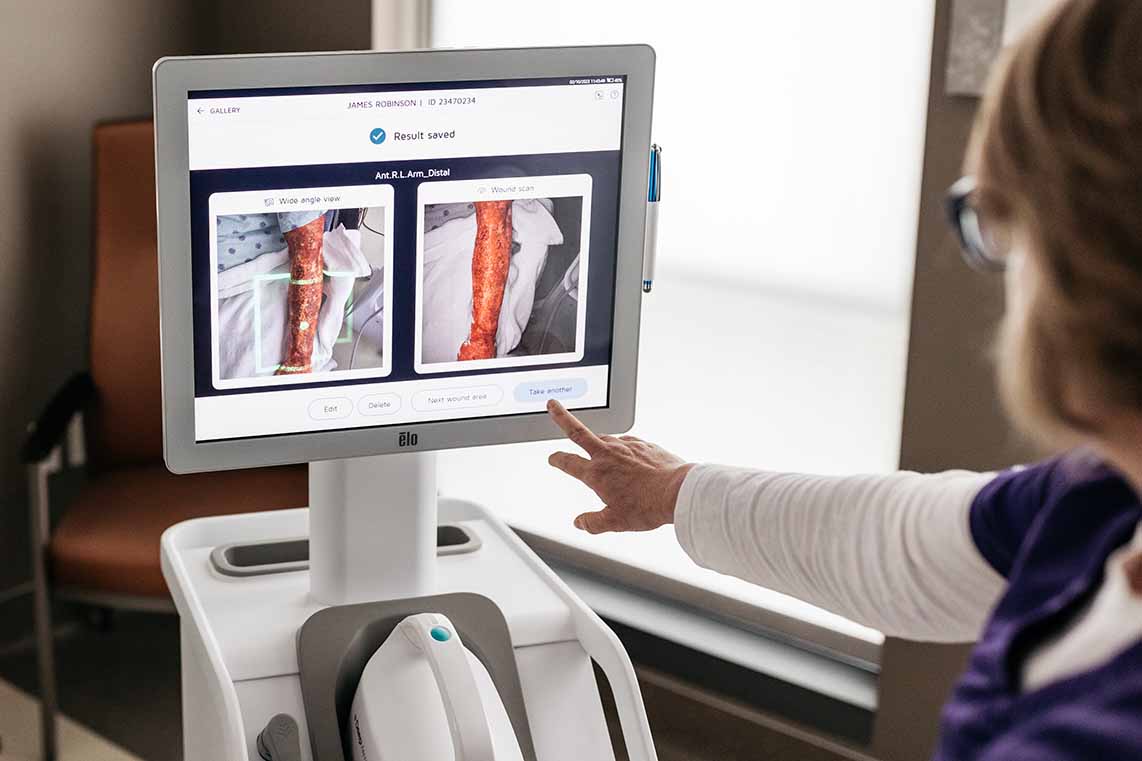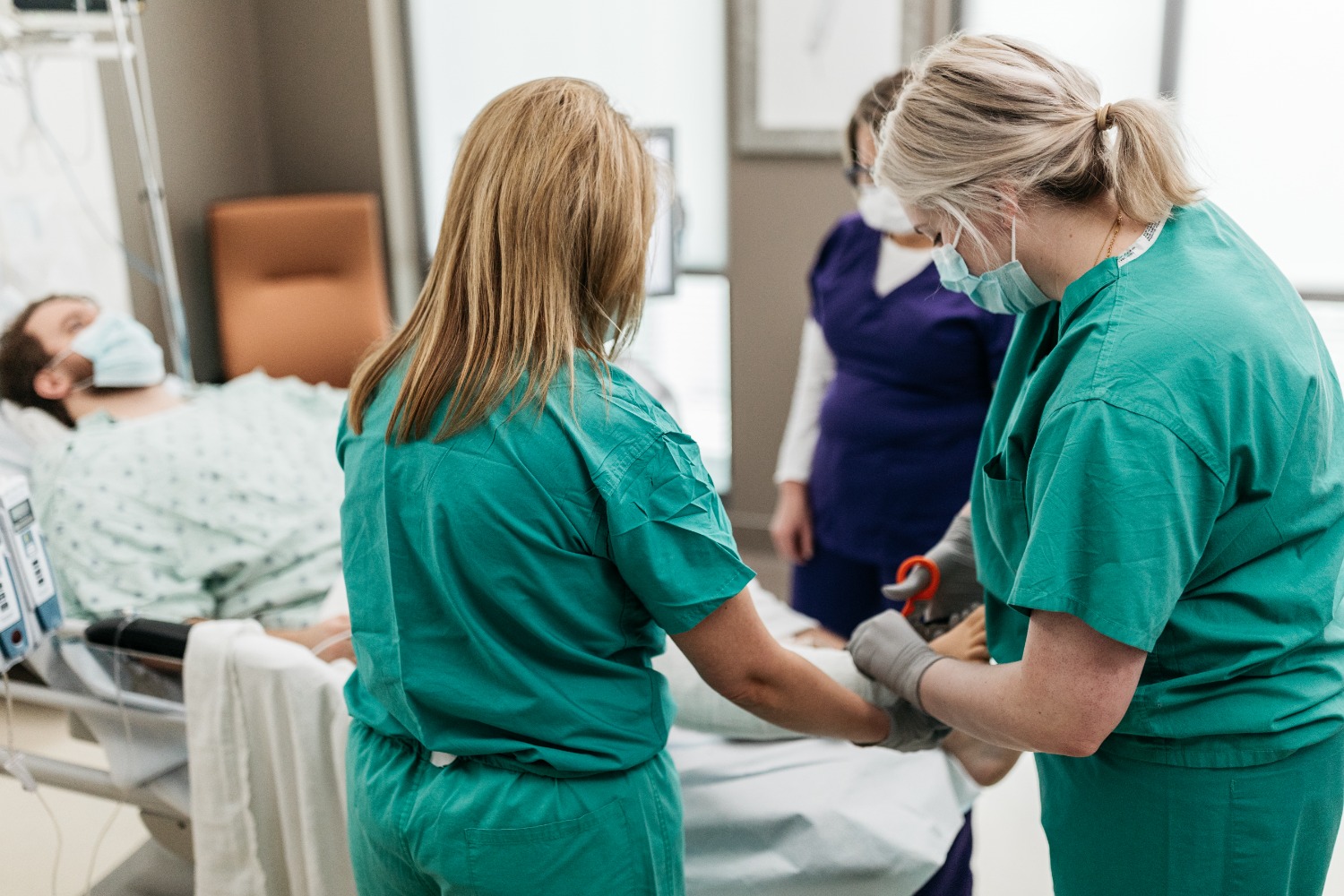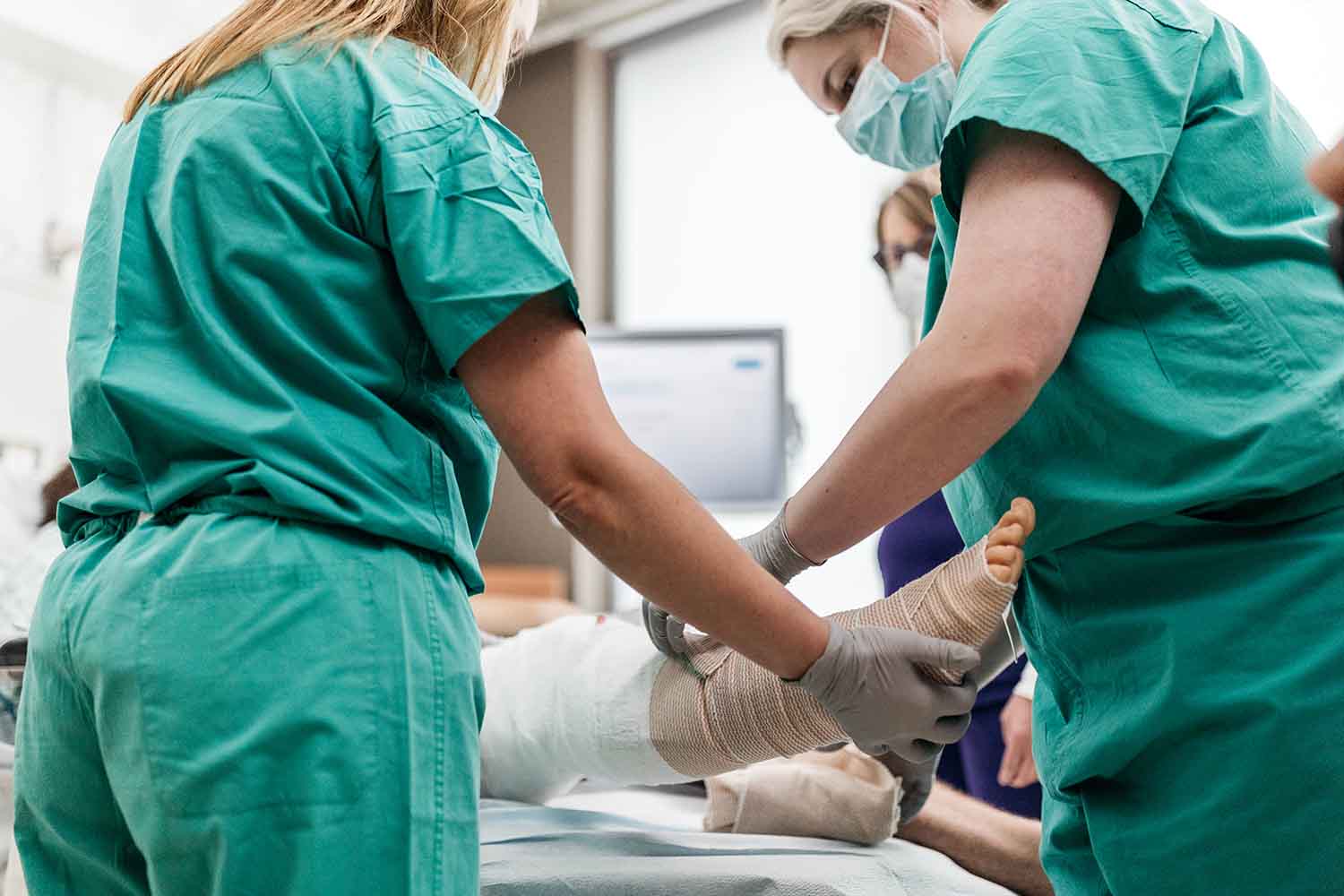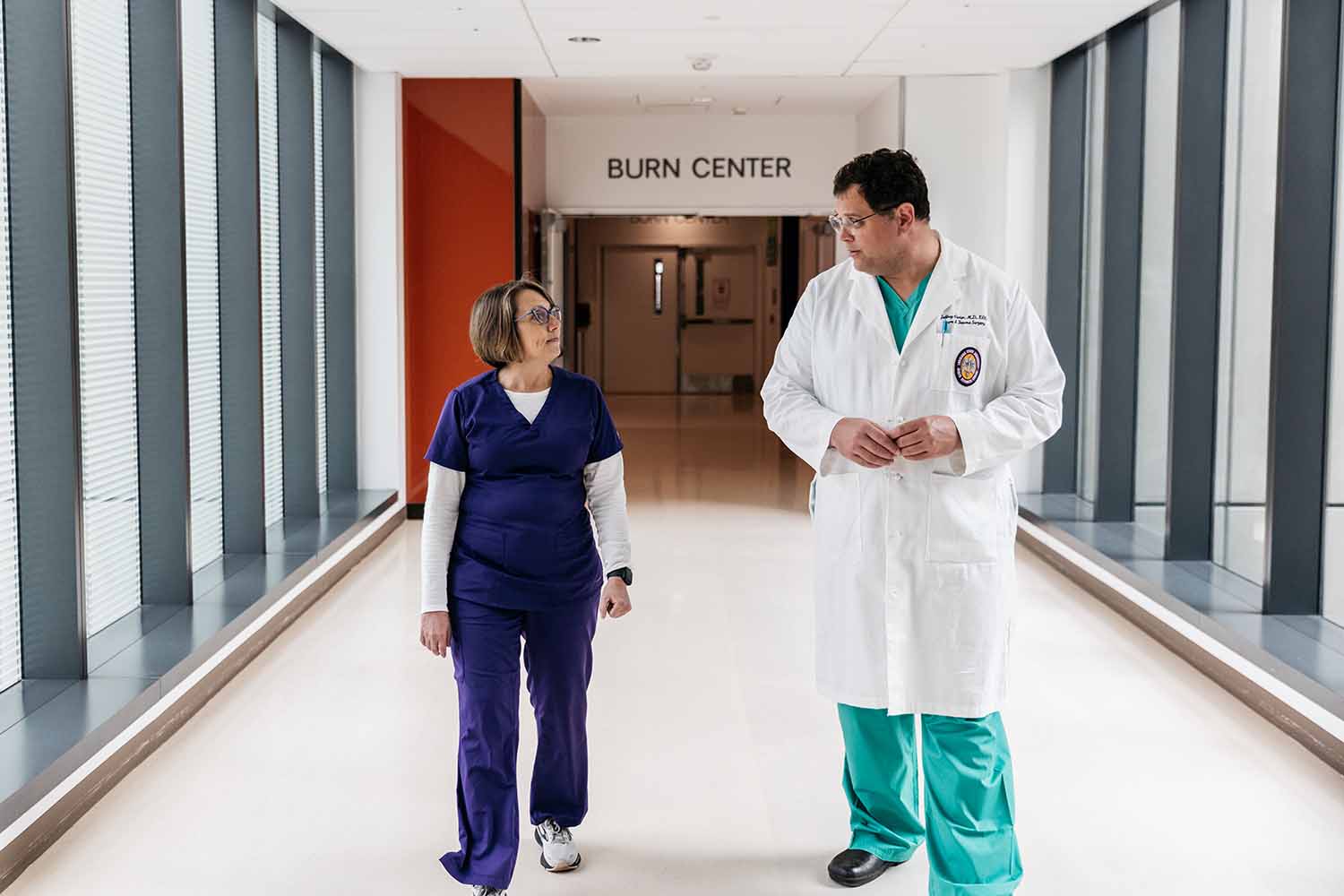Burns Assessment
Assessing and evaluating burns effectively requires a systematic approach to ensure optimal patient outcomes. Clinicians should start by identifying the burn type: thermal, chemical, electrical, or radiation. Next, determine the depth of the injury, classifying it as superficial, partial-thickness, or full-thickness. An accurate survey of the burn extent is critical, this is typically assessed using the “Rule of Nines” or the Lund and Browder chart.
Consider the following key elements:
- Burn Depth: Superficial burns affect only the epidermis. Partial-thickness injuries extend into the dermis, while full-thickness burns damage all skin layers and potentially underlying tissues.
- Total Body Surface Area (TBSA): Calculate TBSA to estimate fluid resuscitation needs and potential systemic complications.
- Location of Burns: Injuries on the face, hands, feet, or perineum require special attention due to functional and aesthetic considerations.
- Patient History: Gather comprehensive information on pre-existing conditions, medications, and allergies that may affect healing or treatment options.
- Vital Signs and Symptoms: Monitor for signs of shock, respiratory distress, and other systemic responses to severe burns.
- Inhalation Injury: Assessing for inhalation injuries in a burn patient involves a thorough clinical evaluation of the airways, signs of respiratory distress, a breathing assessment to indicate upper airway injury and a detailed examination of the face and neck for burns.
Use advanced diagnostic tools such as laser Doppler imaging or ultrasound to assess burn depth more accurately.
Clinicians should re-evaluate burns regularly to monitor healing progress and adjust treatment plans as needed. Early identification of complications, such as infection or compartment syndrome, is vital. Efficient documentation and communication within the care team ensure continuity and quality of care. Employing these methods enhances treatment precision and patient recovery.
Key Elements of Burns Assessment
Accurately assessing burns is vital for effective treatment and optimal recovery. Clinicians must evaluate key elements, such as burn depth, total body surface area (TBSA), and injury location. Burn depth determines the appropriate intervention, with superficial, partial-thickness, and full-thickness injuries requiring different care. Calculating TBSA is essential for fluid resuscitation and predicting complications. Additionally, special attention to burns on the face, hands, feet, and perineum is crucial due to their functional and aesthetic significance.
Evaluation of Burn Depth
Accurate evaluation of burn depth is crucial for effective treatment and optimal recovery. Clinicians utilize several methods to determine the depth of burns, including clinical examination, imaging techniques, and advanced diagnostic tools.
- Clinical Examination: Assess characteristics such as color, sensation, and capillary refill. Superficial burns appear red and painful, partial-thickness burns are blistered and moist, while full-thickness burns are leathery and insensate.
- Imaging Techniques: Use thermography, ultrasound, or MRI to visualize tissue damage extent.
- Advanced Diagnostic Tools: Implement laser Doppler imaging to measure skin perfusion and predict burn depth accurately.
Accurate evaluation of burn depth guides appropriate treatment strategies. Superficial burns often require topical treatments and dressings, whereas partial and full-thickness burns may necessitate surgical intervention, such as debridement or grafting.
Regular reassessment is essential, as burns can evolve, revealing deeper injuries not initially apparent. Early and precise evaluation reduces complications, such as infections and scarring, and enhances healing outcomes.
Furthermore, accurate assessment supports effective communication within the healthcare team, ensuring all members are aligned in their treatment approach. By leveraging these methods, clinicians can provide targeted care, improving recovery rates and overall patient outcomes in burn injuries.
More about Deepview
Learn more about our DeepView® technology
Request a Demo
Looking to learn more about DeepView® technology, or eager to see it in action?
Estimating Total Body Surface Area (TBSA)
Estimating Total Body Surface Area (TBSA) accurately is crucial for managing burns effectively. Clinicians use various techniques to calculate TBSA, such as the Rule of Nines, the Lund and Browder chart, and the palm method.
- Rule of Nines: This method divides the body into sections, each representing 9% (or multiples thereof) of the TBSA, facilitating quick estimates for adults.
- Lund and Browder Chart: More precise, this chart adjusts for age, providing detailed assessments by considering different body proportions in children and adults.
- Palm Method: Uses the patient’s palm size (approximately 1% of TBSA) to estimate small or scattered burn areas.
Accurate TBSA calculation plays a pivotal role in fluid management. Initiate fluid resuscitation using formulas like the Parkland formula, which bases fluid requirements on TBSA and patient weight. Proper fluid management is vital in preventing shock, maintaining organ perfusion, and stabilizing burn injuries.
Moreover, estimating TBSA guides decisions on burn center referrals, treatment strategies, and potential surgical interventions. Continuous reassessment is necessary, as initial estimates may change with evolving injuries.
In summary, accurate TBSA estimation ensures effective fluid resuscitation and comprehensive patient care. By employing these techniques, clinicians can optimize treatment protocols, improve outcomes, and reduce complications associated with severe burns.
Assessing Burn Severity
Assessing burn severity is essential for guiding treatment and optimizing patient outcomes. Clinicians employ several techniques to evaluate burns, focusing on calculating the Total Body Surface Area (TBSA) and determining burn depth. These assessments directly influence fluid management and overall patient care.
Role in Fluid Management: Accurate TBSA calculation is critical for effective fluid resuscitation. Utilize formulas like the Parkland formula to determine fluid requirements based on TBSA and patient weight. Proper fluid management prevents hypovolemic shock, maintains organ perfusion, and stabilizes burn injuries.
Patient Care Considerations:
- Burn Depth: Assess the extent of tissue damage to determine appropriate interventions, such as debridement or grafting.
- Location and Type of Burn: Pay special attention to burns on sensitive areas like the face, hands, and joints, which may require specialized treatment.
Continuous Reassessment: Regularly re-evaluate burns to monitor healing and adjust treatment plans as needed. Early and precise assessment reduces complications, such as infections and scarring, enhancing recovery outcomes.
Deepview
Our patented DeepView® technology is an AI wound diagnostics platform that combines AI algorithms and medical imaging for diagnostic wound healing predictions.
DeepView® provides clinicians with a ‘Day One’ wound healing assessment that enables the clinician to triage the patient to the appropriate care setting sooner.
Read more about DeepViews 92% accuracy
Initial Management of Burn Injuries
Fluid Resuscitation of the Injury
Fluid resuscitation is critical in managing severe burn injuries and preventing complications like hypovolemic shock and organ failure. Effective fluid management ensures adequate perfusion of vital organs, stabilizes hemodynamics, and supports the healing process. Clinicians must follow established protocols and guidelines to optimize outcomes.
Importance of Fluid Management:
- Prevents Hypovolemic Shock: Large burns cause significant fluid loss, leading to decreased blood volume. Timely fluid replacement is essential to prevent shock.
- Maintains Organ Perfusion: Adequate fluid resuscitation ensures that organs receive sufficient blood flow, preventing renal and multi-organ failure.
- Supports Wound Healing: Proper hydration facilitates tissue repair and reduces complications such as infections.
Protocols and Guidelines:
- Parkland Formula: Commonly used to estimate fluid requirements in the first 24 hours post-injury. Calculate 4 mL of lactated Ringer’s solution per kilogram of body weight per percentage of TBSA burned. Administer half of the total volume in the first 8 hours and the remainder over the next 16 hours.
- Modified Brooke Formula: Suggests 2 mL of fluid per kilogram per percentage of TBSA burned, offering an alternative approach.
- Monitoring and Adjustment: Regularly monitor urine output, vital signs, and hemodynamic parameters to adjust fluid administration as needed.
Continuous Assessment: Reassess fluid needs frequently to account for changes in patient condition and response to treatment. Adjust protocols based on individual patient factors and clinical judgment.
Pain Management
Pain management is a critical component of burn assessment and evaluation, significantly impacting patient recovery and quality of life. Clinicians must adopt a comprehensive approach that includes both pharmacological and non-pharmacological methods to effectively address pain associated with burn injuries.
Pharmacological Approaches:
- Analgesics: Administer acetaminophen and NSAIDs for mild to moderate pain. Use opioids for severe pain, carefully monitoring for side effects and dependency.
- Anxiolytics and Sedatives: Consider benzodiazepines to manage anxiety and distress, often exacerbating the perception of pain in burn patients.
- Local Anesthetics: Apply topical anesthetics such as lidocaine for localized pain relief during wound care procedures.
Non-Pharmacological Methods:
- Cognitive Behavioral Therapy (CBT): Implement CBT techniques to help patients cope with pain and anxiety, promoting psychological resilience.
- Physical Therapy: Engage patients in gentle exercises and range-of-motion activities to prevent stiffness and promote healing.
- Relaxation Techniques: Encourage practices like deep breathing, meditation, and guided imagery to reduce stress and enhance pain tolerance.
- Distraction Techniques: Use music therapy, virtual reality, or other distraction methods to shift patient focus away from pain during treatments.
Integrated Pain Management: Combining pharmacological and non-pharmacological strategies ensures a holistic approach to pain management. Regularly assess pain levels using standardized pain scales and adjust treatment plans accordingly. Effective pain management not only enhances patient comfort but also facilitates participation in rehabilitation and improves overall recovery outcomes.

More about Deepview
Learn more about our DeepView® technology
Request a Demo
Looking to learn more about DeepView® technology, or eager to see it in action?
Wound Care and Infection Prevention
Effective wound care and infection prevention are crucial aspects of burn assessment and evaluation. Clinicians must employ comprehensive techniques to promote healing and minimize complications.
Techniques for Effective Wound Care:
- Debridement: Remove necrotic tissue to reduce infection risk and facilitate healing. Use surgical, enzymatic, or autolytic methods based on wound characteristics.
- Dressing Selection: Choose appropriate dressings, such as hydrocolloids, foams, or antimicrobial dressings, to maintain a moist environment and protect the wound.
- Moisture Management: Ensure wounds remain moist but not overly wet. Use dressings that balance moisture to prevent maceration.
- Skin Grafting: Consider autografts or allografts for extensive burns to promote closure and regeneration.
Strategies to Prevent Infection in Burn Injuries:
- Aseptic Technique: Strictly adhere to aseptic techniques during wound care procedures to prevent contamination.
- Antimicrobial Agents: Apply topical antimicrobial agents like silver sulfadiazine or mafenide acetate to reduce bacterial load.
- Systemic Antibiotics: Administer systemic antibiotics based on culture results if signs of systemic infection are present.
- Regular Monitoring: Frequently assess wounds for signs of infection, such as increased redness, swelling, or purulent discharge.
- Barrier Precautions: Use barrier precautions, including gloves, gowns, and masks, to prevent cross-contamination.
Integrated Care Approach: Combining meticulous wound care with rigorous infection prevention strategies enhances patient outcomes. Monitor and document wound progress regularly, adjusting treatments as needed to address evolving conditions. Educate patients and caregivers on proper wound care techniques and signs of infection to ensure continuity of care at home.
Long-Term Management and Rehabilitation
Physical Rehabilitation
Physical rehabilitation is vital in the long-term management of burn injuries, focusing on restoring function and mobility. Early mobilization is crucial to prevent contractures and improve circulation. Implement range-of-motion exercises and stretching to maintain flexibility and joint function. Strengthening exercises enhance muscle recovery and support overall mobility. Incorporate occupational therapy to help patients regain daily living skills. Additionally, scar management techniques, such as pressure garments and massage, reduce scarring and improve movement. Regularly assess progress and adjust therapy plans to address evolving needs, ensuring comprehensive recovery and optimal outcomes for burn injury patients.
Psychological Support
Psychological support is essential in the long-term management and rehabilitation of burn patients. Early intervention addresses the trauma associated with severe injuries, helping patients cope and recover. Techniques include cognitive-behavioral therapy (CBT) to manage anxiety and depression, and support groups to foster community and shared experiences. Integrate mental health evaluations into routine burn evaluations to identify psychological needs promptly. Additionally, providing education on the healing process empowers patients, reducing stress and promoting health. Regular follow-ups ensure continuous support, aiding in the holistic recovery of burns patients and enhancing overall well-being in the affected area.
